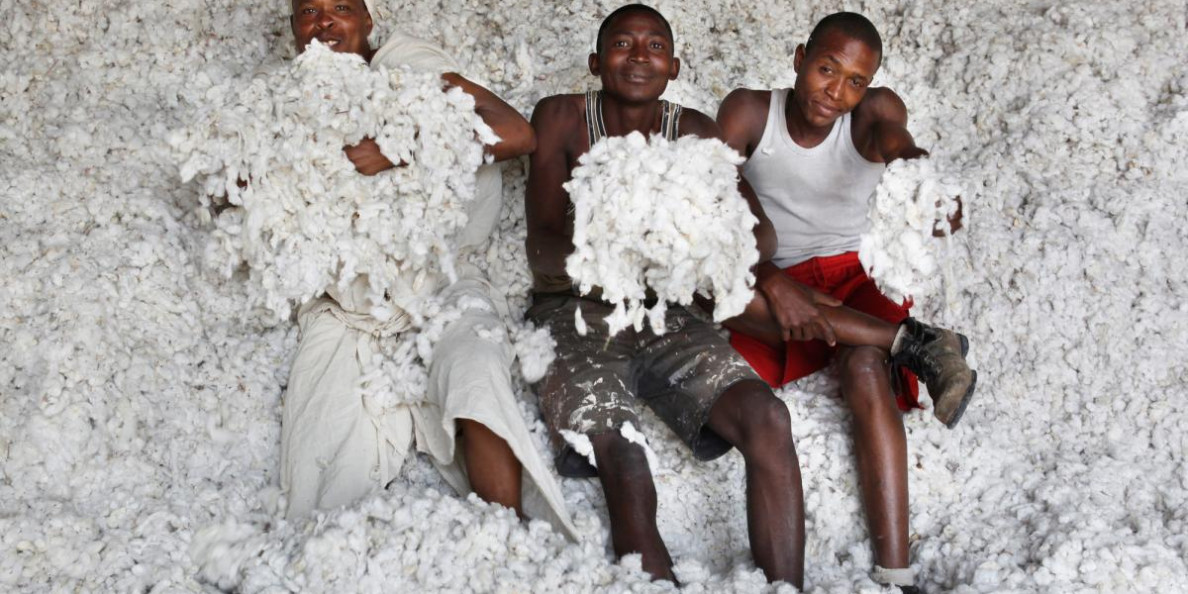In the first nine months of 2018, China imported 1.11 million tons of cotton, an increase of 23% year on year, and in 2017/18 season (from Sep 2017 to Aug 2018), cotton imports totaled 1.32 million tons, up 19% year on year, according to the China Customs. From Jul, 2018, China started to levy additional 25% tariff on cotton originating from U.S., so Chinese buyers have been seeking for alternative sources. Imports of Australian cotton rose significantly, and for West African cotton, though total quantity declined y-o-y, the quantity increased much from Jul.
| China cotton imports by origins |
|
|
|
|
| Unit: KT |
Jan-Sep, 2018 |
Yearly change |
2017/18 season |
Yearly change |
| U.S. |
475.19 |
7.87% |
557.00 |
10.41% |
| Australia |
281.26 |
42.16% |
313.75 |
45.53% |
| India |
146.08 |
57.50% |
152.70 |
-0.55% |
| Central Asia |
68.29 |
6.65% |
100.83 |
36.86% |
| West Africa |
52.93 |
-13.74% |
42.69 |
-31.15% |
| Brazil |
37.29 |
145.35% |
86.85 |
100.78% |
| Sudan |
26.37 |
82.14% |
25.36 |
47.26% |
| Mexico |
17.50 |
190.19% |
21.86 |
148.18% |
| Egypt |
2.41 |
20.54% |
3.02 |
24.60% |
| Israel |
2.17 |
-26.75% |
2.67 |
-63.37% |
| Pakistan |
1.08 |
258.22% |
1.24 |
311.27% |
| Spain |
0.52 |
2151.86% |
1.01 |
4295.37% |
| Greece |
0.50 |
-86.19% |
7.20 |
-48.90% |
| Total |
1113.83 |
23.38% |
1321.61 |
19.04% |
Quantity change: the major import origins of cotton in China are U.S., Australia, India, Brazil, Central Asia and West Africa. Among the top 5 origins, imports of Brazilian cotton saw the largest yearly increase, while imports of West African cotton declined somewhat.

Import proportion: U.S. remained the largest cotton supplier of China; proportion of Australian cotton increased slightly; Indian cotton import volumes rose much on year, but looking from the historical trend, its proportion decreased gradually; imports from other regions kept stable proportion.

Monthly import volumes: due to additional 800kt of sliding-scale duty quotas, cotton imports increased sharply during Jul and Sep, and cotton inventory at ports also reached a high. The biggest change this season was Australian cotton. Its arriving period has no change, but the quantity increased significantly. Since the trade dispute between U.S. and China, U.S. cotton replacement is highly discussed. Quality of Australian cotton is the best in the world, which can replace U.S. cotton, but prices are also highest, and Brazilian cotton can also replace, but its growing period is different from China, so its volumes have no increase during trade war, but after Oct, Brazilian cotton has arrived at Chinese ports successively. Looking from the circulation in international market, West African cotton has the potential as well, and imports of West African cotton moved up obviously since Jul.


Unit price: unit price of imported cotton was on upward side in 2018, especially Indian cotton, its price saw largest increment. But quality of Indian cotton is not welcomed by Chinese buyers, so import volumes have been shrinking in recent years. Nevertheless, due to Sino-U.S. trade war, Indian cotton sees the turning point. Besides, Brazilian and West African cotton also saw large increase.
Terms of trade: ordinary trade is still the major import method, and the proportion of processing with import materials is relatively stable after China stops to add additional quotas.
Summary
China cotton imports see considerable increase in 2018, partly attributed to the additional allocation of sliding-scale duty quotas, but currently, Chinese cotton prices step downward, and imported cotton prices have no edge. Meanwhile, cotton consumption is expected to reduce this season. Downstream yarn prices keep downward in Sep, which may influence import volumes later. Currently, cotton prices are hard to rise, partly because of consumption pressure, partly because of the uncertain import volumes. Once domestic cotton prices move up, the larger price spread between Chinese and foreign cotton may increase the imports.






